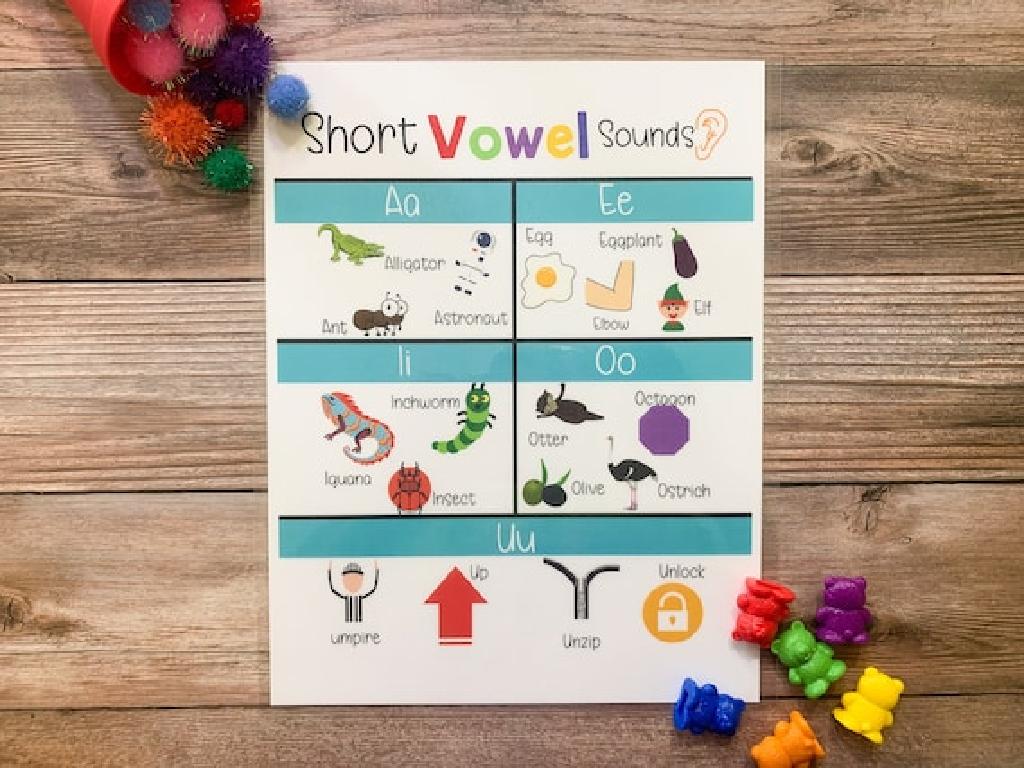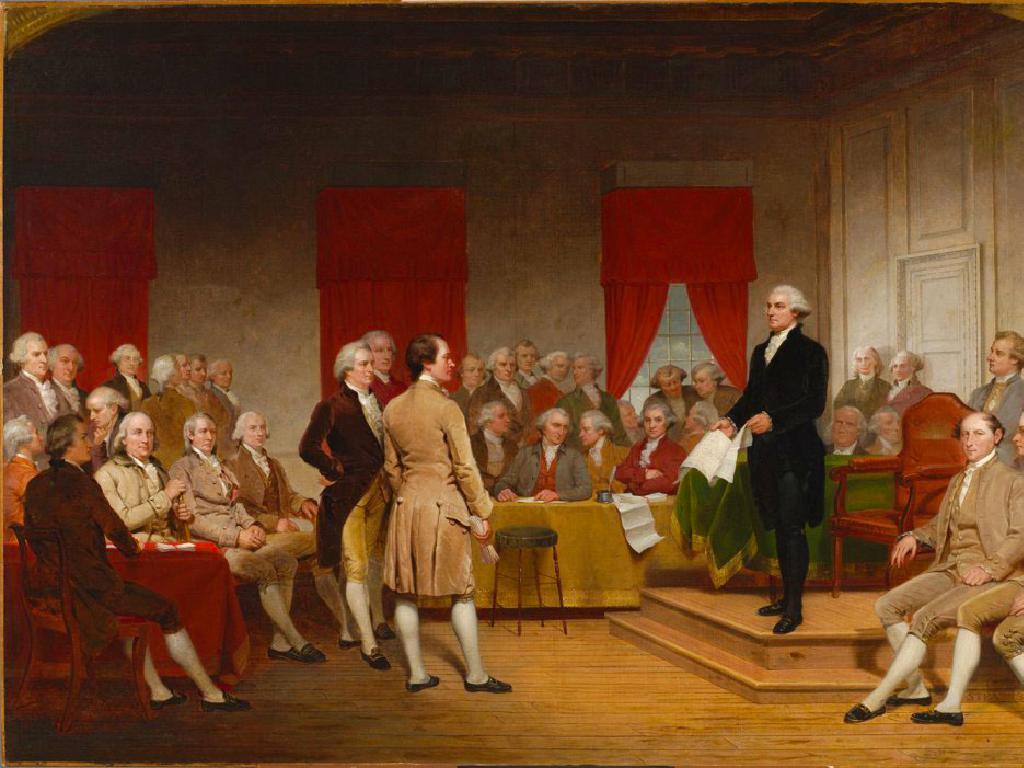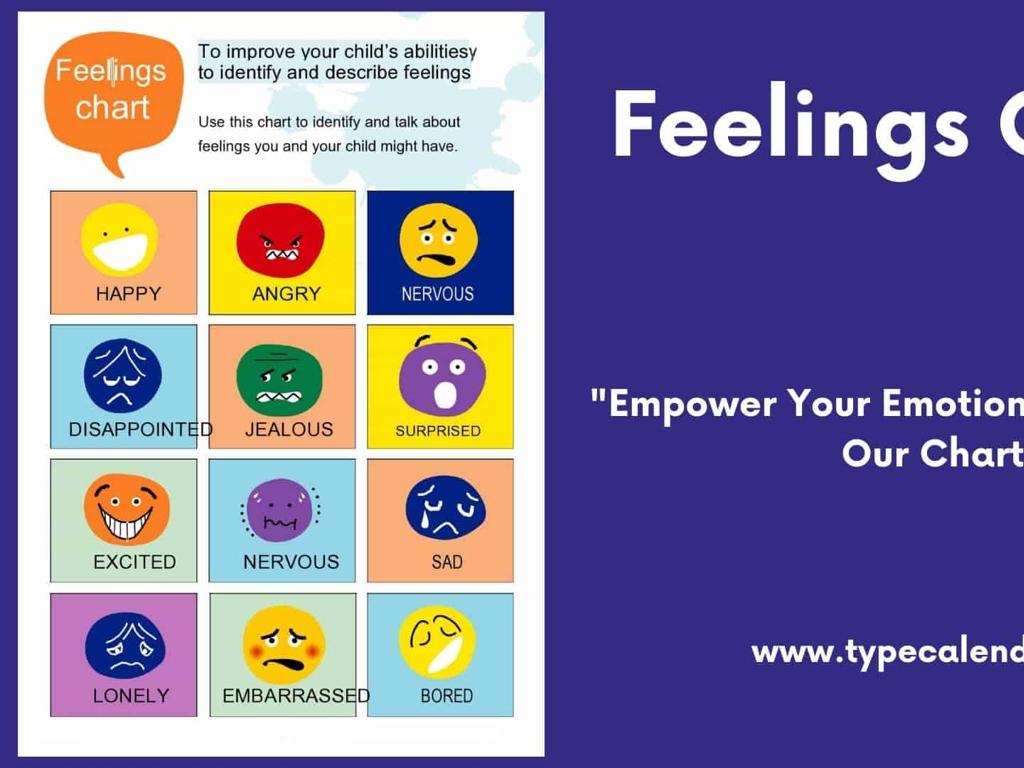Pre-Contact Native Peoples: Introduction
Subject: Social studies
Grade: Sixth grade
Topic: Early Americas
Please LOG IN to download the presentation. Access is available to registered users only.
View More Content
Welcome to Early Americas: Pre-contact Native Peoples
– Explore the Early Americas
– Who were the Pre-contact Native Peoples?
– Indigenous people before Europeans arrived
– Cultural diversity pre-European contact
– Varied societies, languages, and traditions
– Significance of studying these cultures
– Learning about them helps understand history and respect diversity
|
This slide introduces students to the concept of the Early Americas, focusing on the period before European contact. It’s crucial to convey that ‘Pre-contact Native Peoples’ refers to the indigenous populations living in the Americas before the arrival of Europeans. Emphasize the rich diversity among these cultures, including different societies, languages, and traditions. Highlight the importance of studying these cultures to gain a deeper understanding of American history and to foster a respect for cultural diversity. Encourage students to think about how history might be different if viewed from the perspective of these native peoples.
Who Were the Native Peoples?
– Definition of ‘Native Peoples’
– Indigenous inhabitants before European contact
– Diversity of tribes across Americas
– Hundreds of tribes, each with unique cultures and locations
– Significance of oral traditions
– Oral traditions passed down knowledge and customs
– Storytelling in preserving history
– Stories helped keep history and heritage alive for generations
|
This slide introduces the concept of ‘Native Peoples’ as the original inhabitants of the Americas before European contact. Emphasize the vast diversity among tribes, each with its own distinct culture, language, and territory. Highlight the crucial role of oral tradition and storytelling in maintaining the history and cultural identity of these tribes. These traditions were essential for educating the young and preserving the collective memory of the people. Encourage students to consider the value of oral histories and how they compare to written records. Discuss how storytelling remains a vital part of many Native cultures today.
Daily Life of Pre-contact Native Peoples
– Understanding tribal daily life
– Explore how tribes lived, worked, and played before European contact.
– Roles within Native societies
– Each member had a role, like hunting, gathering, or crafting.
– Food, shelter, and clothing types
– Diets varied by region; homes ranged from tepees to longhouses.
– Adaptation to environment
– Clothing was made from natural resources, showing resourcefulness.
|
This slide aims to give students a glimpse into the everyday life of Native American tribes before the arrival of Europeans. Discuss the social structure of tribes, emphasizing the importance of community and the roles that each person played. Highlight how the types of food, shelter, and clothing were directly influenced by the environment and available resources. For example, coastal tribes had diets rich in fish, while plains tribes relied on buffalo. Encourage students to think about how they would adapt to living off the land using only natural resources, fostering a deeper appreciation for the ingenuity of Pre-contact Native Peoples.
Cultural Diversity of Pre-contact Native Peoples
– Diversity among Native Peoples
– Many tribes with unique customs and social structures.
– Varied languages, arts, and religions
– Each tribe had its own language, artistic expressions, and spiritual beliefs.
– Respect for cultural differences
– Understanding and valuing the cultural variations is crucial.
– Appreciation of tribal uniqueness
– Recognizing the distinctiveness of each tribe enriches our knowledge.
|
This slide aims to introduce students to the rich cultural diversity that existed among Native Peoples before European contact. Emphasize the variety of languages, art forms, and religious practices that were present across different tribes. Highlight the importance of respecting and appreciating these cultural differences, as each tribe had its own unique identity and contributions. Encourage students to think about how this diversity compares to the cultural diversity they see in the world today. Discuss how recognizing and valuing different cultures is key to understanding history and building a respectful society.
Trade and Economy of Pre-contact Native Peoples
– Pre-European trade networks
– Native tribes traded via extensive networks across the continent.
– Commonly traded goods
– Items like maize, pottery, and furs were often exchanged.
– Pre-contact economic concepts
– Trade was based on barter and mutual benefit, not just profit.
– Impact on societies
|
This slide aims to introduce students to the sophisticated trade networks that existed among pre-contact Native American societies before Europeans arrived. Emphasize the variety of goods that were traded, which could include food, raw materials, and crafted items, reflecting the diverse economies and resources of different tribes. Discuss how these trade relationships formed a basis for economic systems that were deeply integrated with social and cultural practices, rather than being solely profit-driven. Highlight the importance of these networks in fostering communication, alliances, and cultural exchange among various indigenous groups.
Impact of Environment on Native Peoples
– Environment’s role in lifestyle
– The natural surroundings influenced food, shelter, and clothing.
– Adapting to climates and terrains
– From deserts to forests, adaptation was key for survival.
– Utilizing natural resources
– Resources like wood, stone, and animals were used for tools and homes.
– Development through environment
|
This slide aims to illustrate how pre-contact Native Peoples were deeply connected to their environment, which played a crucial role in shaping their way of life. Discuss how different tribes adapted to the diverse climates and terrains of North America, from the arid deserts of the Southwest to the dense forests of the Northeast. Highlight the use of available natural resources in creating everything from clothing and shelter to tools and weapons. Emphasize the ingenuity and resourcefulness of these communities in using their environment for survival and development. Encourage students to think about how their own lives are influenced by the environment and how they can learn from the adaptability of Native Peoples.
Myths vs. Facts: Understanding Native Peoples
– Debunking myths about Native Peoples
– Common misconceptions can distort our view of Native history and culture.
– Fact-checking historical narratives
– It’s important to compare stories from different sources for accuracy.
– Impact of myths on history perception
– Myths can shape how we see past events, often unfairly.
– Fostering accurate historical understanding
– Learning the truth helps us respect and honor Native Peoples’ heritage.
|
This slide aims to challenge students to think critically about the information they receive regarding Native Peoples. By debunking common myths and encouraging fact-checking, we can help students develop a more accurate and respectful understanding of history. Discuss how these myths can affect our perception of Native Peoples and the importance of approaching history with a critical eye. Encourage students to consider the sources of their information and to seek out authentic narratives. This critical thinking exercise not only corrects misconceptions but also fosters empathy and a deeper appreciation for the rich and diverse cultures of Native Peoples.
Class Activity: Living History
– Role-play tribal roles and activities
– Create a map of a tribe’s territory
– Include resources and landmarks on the map
– Discuss tribal ways of life
|
This interactive class activity is designed to immerse students in the study of Pre-contact Native Peoples by engaging them in role-play and map creation. Students will be divided into groups, with each group representing a different tribe. They will role-play various roles within the tribe, such as hunters, gatherers, artisans, and leaders, to understand daily activities and social structures. Each group will also create a map of their tribe’s territory, marking important resources such as water sources, food supplies, and landmarks like mountains or rivers. After the activities, students will come together for a discussion to share insights about the different aspects of a tribe’s way of life, including their survival strategies, social organization, and cultural practices. The teacher should prepare role cards, map-making materials, and discussion prompts to facilitate the activity. Possible activities include hunting simulations, crafting sessions, or storytelling circles to represent different tribal roles and activities.






